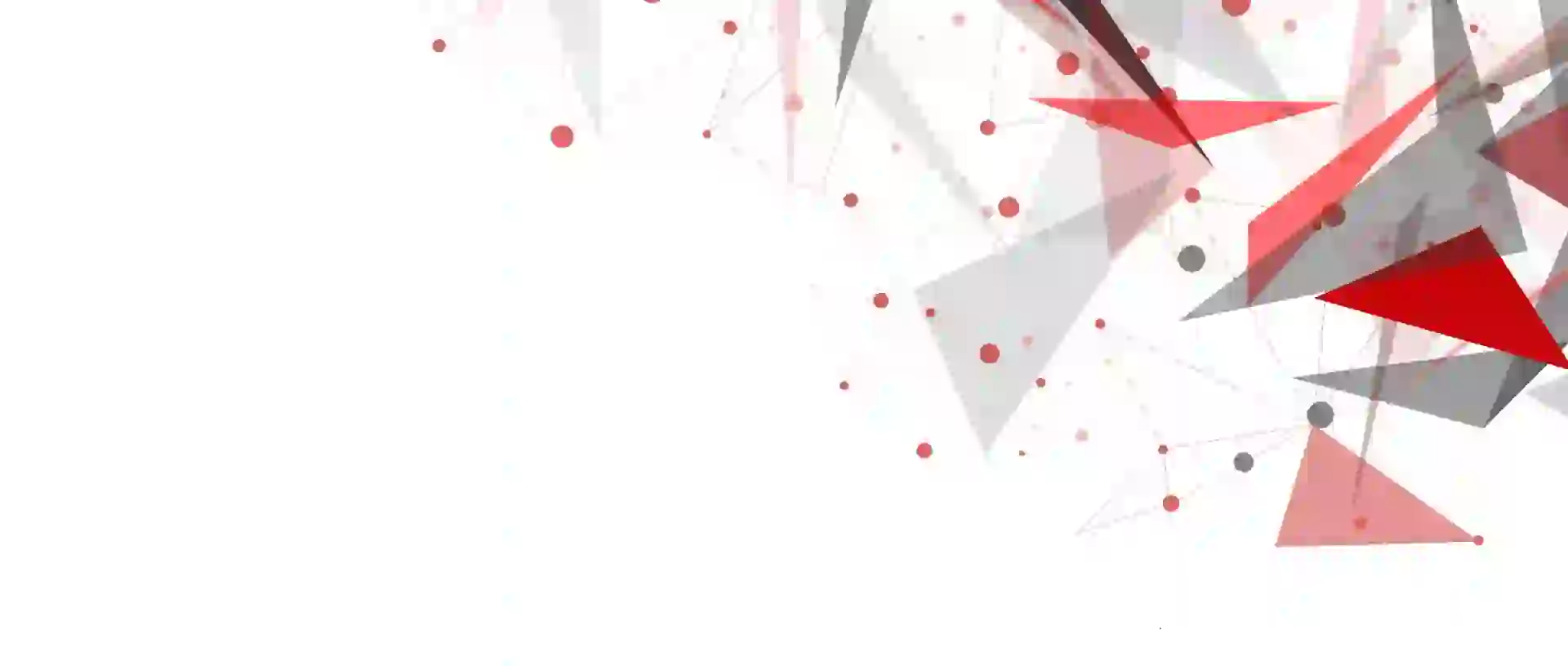Frequently Asked Questions
-
What value is the Water Transfer Printing Film Market is expected to touch by 2032?
The global Water Transfer Printing Film Market is expected to reach USD 305.9 million by 2032.
-
What CAGR is the Water Transfer Printing Film Expected to exhibit by 2032?
The Water Transfer Printing Film Market is expected to exhibit a CAGR of 1.3% by 2032.
-
Which are the driving factors of the Water Transfer Printing Film Market ?
Technological Advancement & Sustainable Development are some of the driving factors of the market.
-
What are the key semiconductor Water Transfer Printing Film Market segments?
The key market segmentation that you should be aware of, which include, based on Type the Mengshan Teamarket, is classified as Laser Type and General Type. By Application the Water Transfer Printing Film market is classified as Automobile, Household Appliances and Consumer Goods.




















